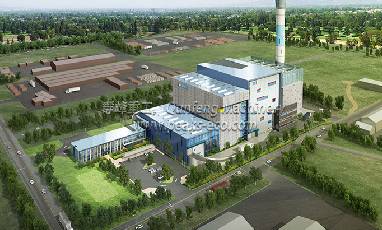Waste Collection, Waste Pre-Treatment, and Waste Sorting
Waste collection plans are a necessary primary step in any waste administration process as well as play an essential function in its general performance. They determine the structure of waste streams as well as consequently their viability for downstream pre-treatment, sorting as well as recuperation procedures. Furthermore, efficient systems, authorized and sustained by waste owners, assistance address litter issues.
There are many house waste collection plans in Europe. Some capture plastics waste alone; others catch plastics together with various other products. Ideally, these schemes should share the exact same objective of increasing the recovery of recyclables and also recouping value from waste by diverting this valuable source from landfilling. They must also be straightened with downstream facilities for pre-treatment, sorting, and recovery to maximize healing, improve environmental efficiency as well as manage expenses. Today, a dedicated collection of commingled dry recyclables (packaging as well as various other family products primarily made of plastics, steel, paper, cardboard, and occasionally glass) supplies an eye-catching remedy to increase the amount of waste recovered.
In addition to metropolitan waste collection systems, other product-related systems, for example for end-of-life vehicles, electrical and digital devices, and also plastic agricultural movies, also offer a beneficial stream of resources for reusing and recuperation.
Finally, proper collection of industrial and industrial waste, organized by the waste proprietor, also helps guarantee the maximum recuperation of this significant waste stream to make sure that it does not wind up in landfills.
Effective pre-treatment and also arranging procedures for plastics waste divert this valuable source from landfill to deliver material with the needed market-driven high qualities for recycling as well as energy healing. A variety of modern technologies are currently used for waste pre-treatment as well as sorting. These varieties from the hands-on dismantling and also choosing to automated procedures such as shredding, sieving, air or liquid thickness separation, magnetic splitting up, as well as highly innovative spectrophotometric sorting technologies such as UV/VIS, NIR, Laser, etc.
Modern arranging plants are typically complex facilities that use several of these modern technologies adjusted to details waste streams to accomplish maximum affordable output. Today's pre-treatment and sorting procedures for commingled packaging and various other completely dry recyclable products can process more than 100,000 tonnes/year of plastics waste, generating arranged waste with pureness more than 95% for some plastics.

Various kinds of waste, for example, end-of-life cars and also digital products, might likewise need lawfully mandated therapy/ depollution procedures to handle the waste in risk-free problems as well as divert it from the garbage dump. Such waste is generally processed to recoup generally steels but some big plastic components from these waste streams can also be recycled. With some sophisticated sorting innovations, the recuperation of plastics from shredder residues is likewise feasible.
Plastics fractions had in intricate waste streams might be conveniently enough sortable neither offered inadequate total up to make mechanical reusing a feasible remedy from both a financial and ecological point of view. In such situations, different healing solutions exist, such as feedstock/chemical recycling or recuperation of the calorific value of the plastic waste to substitute traditional fuels.